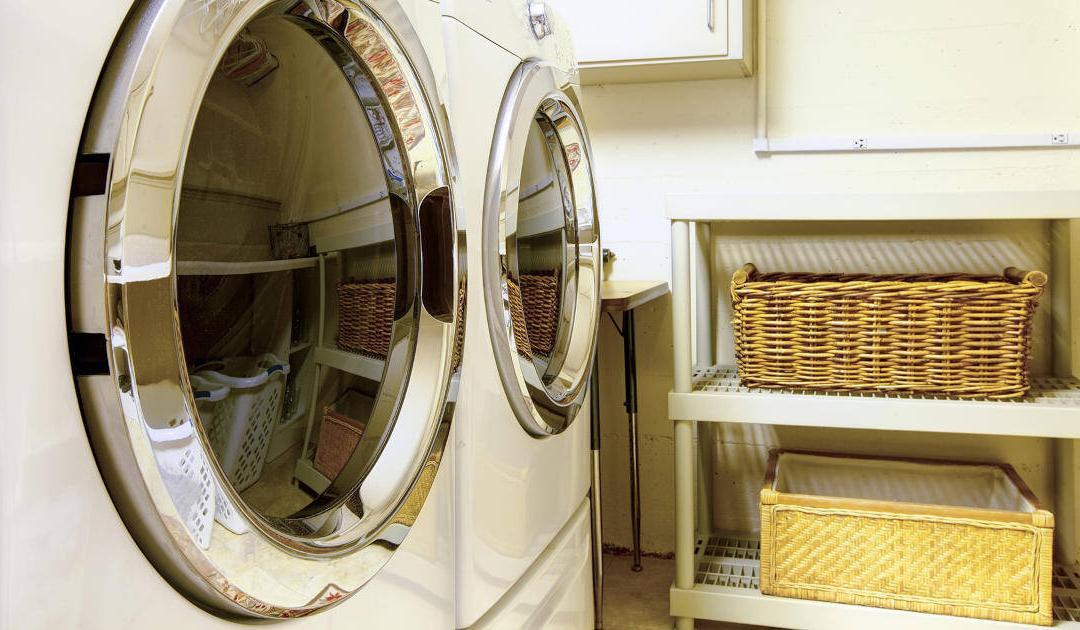What would happen to a brand-new car after spending ten years on the road without a single oil change? Probably the same thing that happens to washers and dryers without proper maintenance. Best practices like the ones below will help maintain your appliances in good condition, reducing the risk of a breakdown and keeping them reliable for as long as possible.
Washer: basic maintenance
Don’t overload your washer
It’s the most common mistake: many people add too many clothes to a single load! When wet, clothes become much heavier, especially sheets, towels and jeans. This additional weight increases stress on all mechanical components, throughout the washing cycle, wearing them down faster. Rather than trying to stuff an extra piece of clothing inside the machine, make two smaller loads.
Use the right amount of the right soap
Most front-load washers need High-Efficiency (HE) soap. Make sure to follow the dosage according to the label to avoid excessive suds or leaving soap residues, which could damage your equipment over time.
Control moisture, prevent mold
Mold typically appears near the door seal. When your washer isn’t in use, leave the door and soap drawer ajar to let the moisture out and help prevent this from happening. Also make sure to dry clothes as soon as a load is finished; leaving damp clothes inside the washer too long creates the perfect environment for bacteria.
Wash your washer!
Modern washers usually feature a Machine Wash cycle to clean the drum and pipes: check your owner’s manual for instructions. Vinegar also works just fine: start an empty load, pouring 2 cups of white vinegar in the soap compartment, once per month. Finish your maintenance routine by cleaning the drum, the interior door panel and the rubber seal with white vinegar.
Dryer: maintenance tips
Clean the filter before every use
This simple gesture is very important: in the US, poor maintenance is associated with approximately 15,000 dryer fires every year. Cleaning the filter takes only a few seconds, helps keep you safe and improves air circulation, requiring less effort from your equipment. Don’t forget to remove lint from inside the filter compartment as well. Every once in a while, clean your filter in the dishwasher to get rid of persistent dirt and fabric particles.
Don’t forget your dryer contains a heating element, so flammable or explosive materials shouldn’t be stored nearby or above it.
Don’t overload your dryer
Big loads and soaking-wet clothes – like towels and mattress covers – need more time to dry, requiring more energy and sometimes more than one cycle, wearing down your appliance faster.
Keep the exhaust vent clear and clean the conduit
Make sure the exterior exhaust vent remains clear of any snow, plants or debris at all times. Once every two years, remove the flexible conduit located behind your dryer to clean it thoroughly.
Clean the drum
Occasionally, clean the drum interior using a cloth and rubbing alcohol, in order to get rid of fabric or fabric softener residues. Let dry thoroughly before using the dryer again.

